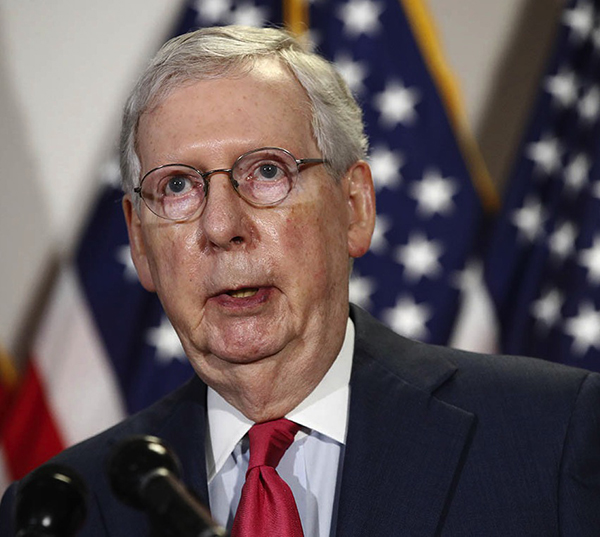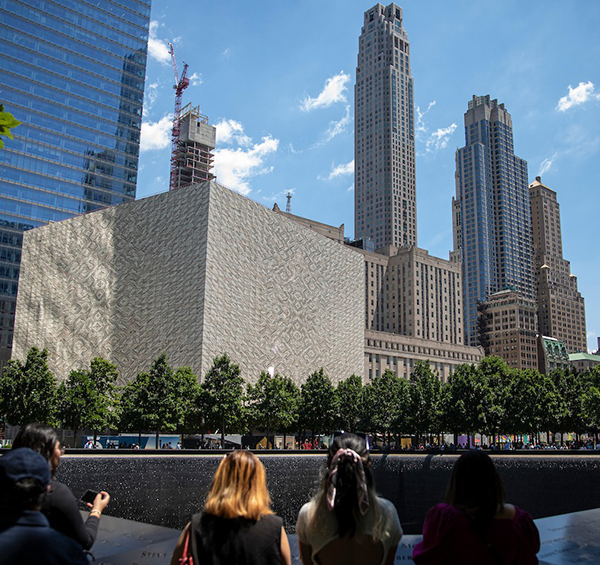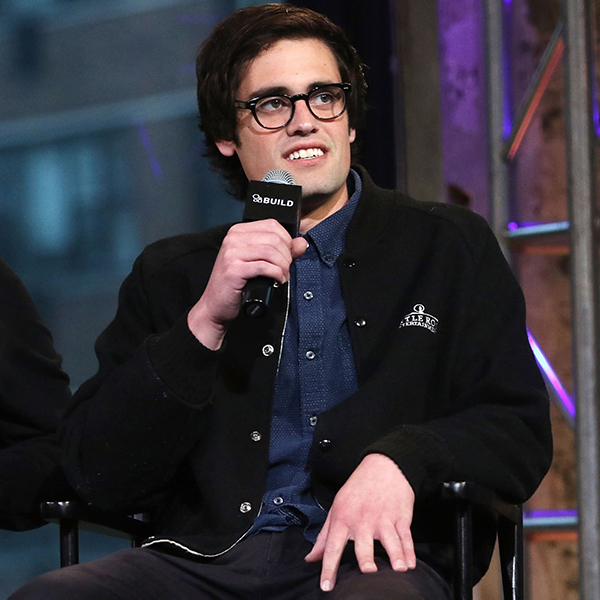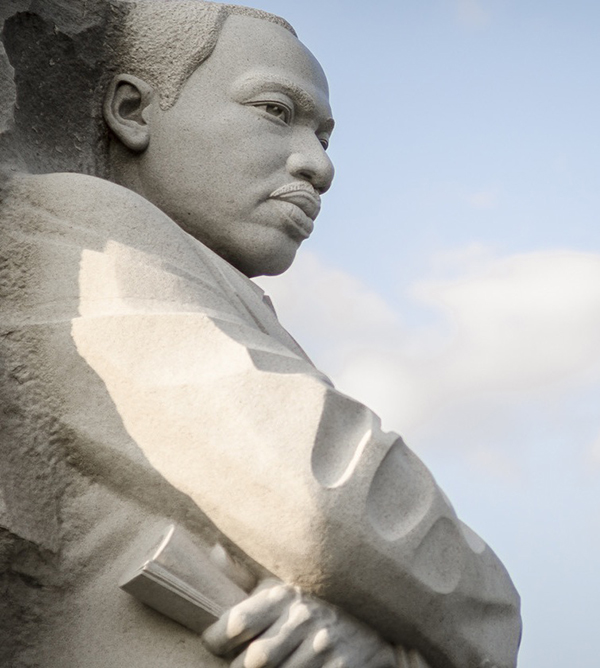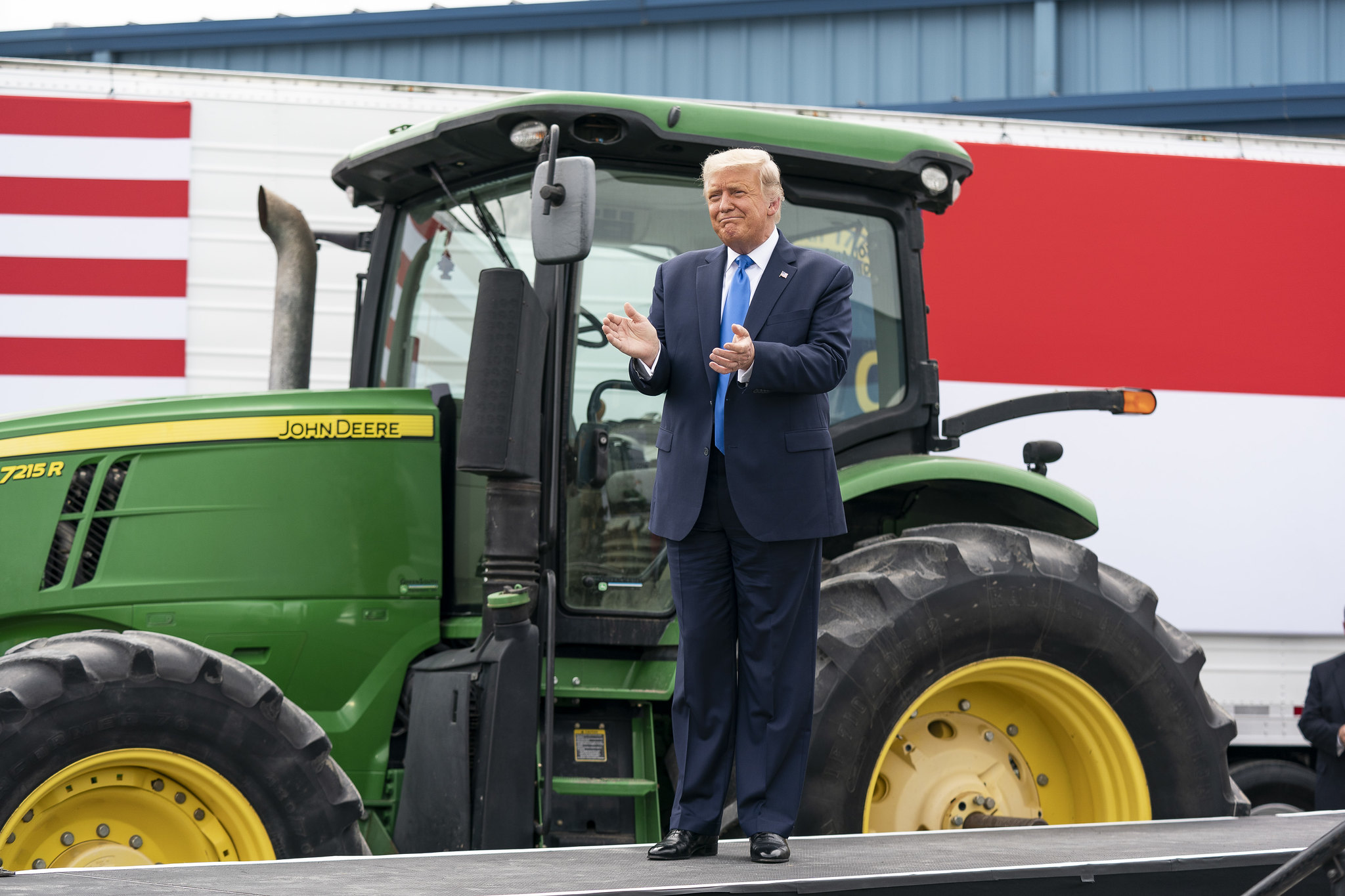THE HUTCHINSON REPORT: LAPD back on the carpet for use of deadly force

Los Angeles police officers confer while on patrol. The use of deadly force by Los Angeles police continues to be a concern. Columnist Earl Ofari Hutchinson wants the Police Commission and Police Chief Jim McDonnell to take another look at when non-lethal force should be used.
Courtesy photo
By Earl Ofari Hutchinson
Contributing Columnist
Los Angeles Police Chief Jim McDonnell was unapologetic and unyielding when he was grilled by the Police Commission recently on the sharp uptick in LAPD shootings. McDonnell claimed that officers were being assaulted and that in many cases weapons were involved.
The message from McDonnell was loud and clear. Officers were in essence resorting to deadly force again out of self-defense.
Commissioners weren’t convinced. Several noted that both crime and murder rates had plunged in L.A. to almost record lows. They reminded the chief that the much-touted goal of the department was to deescalate potentially confrontational situations. In defense, McDonnell cited an LAPD internal report that claimed officers were more and more resorting to so-called non-lethal weapons to subdue offenders.
That still did not answer the troubling question of why the sharp increase in slayings. LAPD guidelines state that officers are prohibited from using deadly force unless there is a clear and present danger to their safety and there is no other means to prevent death or severe injury.
Unfortunately, the deaths of civilians at the hands of LAPD officers in too many cases are dubious. They include the usual, a suspect armed with a sharp weapon, a suspect died after being tasered, a suspect who was charging at officers. The shootings and aggressive action may well have been unavoidable, but again they may have been.
The grilling of McDonnell on LAPD deadly force use was just the latest in the countless reports, recommendations, rule changes, investigations and civilian checks and balances on the LAPD and its policy about when to use and not use deadly force. It often seems as if none of those things ever happened or meant little to nothing. Even the years the LAPD shot fewer people, the death toll from the shootings has remained high.
The killings continue to ram home the perennially troubling issue of what, when and how LAPD officers should use non-lethal force. What makes the current slayings even more dubious is that they came in the wake of legislation that took effect Jan. 1, 2020. It mandated strict training, accountability and discipline procedures for the use of force by officers.
Since the law was passed, however, the number of shootings, some questionable, has not dropped. The LAPD shooting sprees are a prime example.
The one certainty in these killings is that they are not isolated cases of deadly force used by the LAPD. So, the question that remains is why are these shootings still happening? The stock answer is that whenever a suspect poses a direct threat to an officer, or an officer responds to a potentially life-threatening incident, he or she can use whatever force is necessary up to and including deadly force.
In more cases than not, this is a strictly subjective, judgment call. And, in almost all cases, officers that use lethal force are shielded from prosecution in the absence of iron-clad proof of wrongdoing. No LAPD officer has been prosecuted for the use of deadly force on duty no matter how questionable in many years.
A prosecution must leap a mountainous bar. That requires the testimony of another officer, a smoking gun body or dash cam recording, or a preponderance of consistent testimony from civilian eyewitnesses that the killing was unjustified.
Even then, the victim must have been unarmed, and in most cases not in the commission of a crime.
But what if the victim is armed with a knife, stick, screwdriver, or any other non-firearm weapon? Or the victim is a woman, and suffers from mental or emotional challenges?
The LAPD and other police departments have long grappled with those thorny questions. There is no one size that fits all answer.
Police departments have an array of non-lethal weapons that include bean bags, tasers, stun guns, rubber and wooden bullets, pepper spray, and of course, shouts, commands and attempts to talk down a suspect. But, in the event of any sudden movement toward an officer, all bets are off.
The outcome is almost always predictable, namely the use of deadly force. Yet, there are many cases where officers have subdued a suspect who has directly confronted an officer with a knife or other potentially lethal weapon without firing a shot and without incurring injury to themselves or the suspect.
A sweeping National Institute of Justice study in 2011 on the use of non-lethal force found that injuries to officers and suspects markedly decreased with the use of non-lethal devices from tasers to pepper spray. It also recommended that good policies and training requirements that officers evaluate the age, size, sex, apparent physical capabilities and health concerns of a suspect in determining what level and type of force to be used.
The answer to the question of whether the use of deadly force in many of these slayings is necessary should be beyond any doubt. It is a resounding no. That makes it even more compelling for Chief McDonnell to take an even harder look at when, on whom, and in what circumstances non-lethal force should be used. It is not just a matter of life and death. It is a matter of good public and police policy.
Earl Ofari Hutchinson is an author and political analyst. His forthcoming book “Trump for Sale” (Middle Passage Press). His political affairs commentaries can be found weekly on thehutchinsonreport.net.

